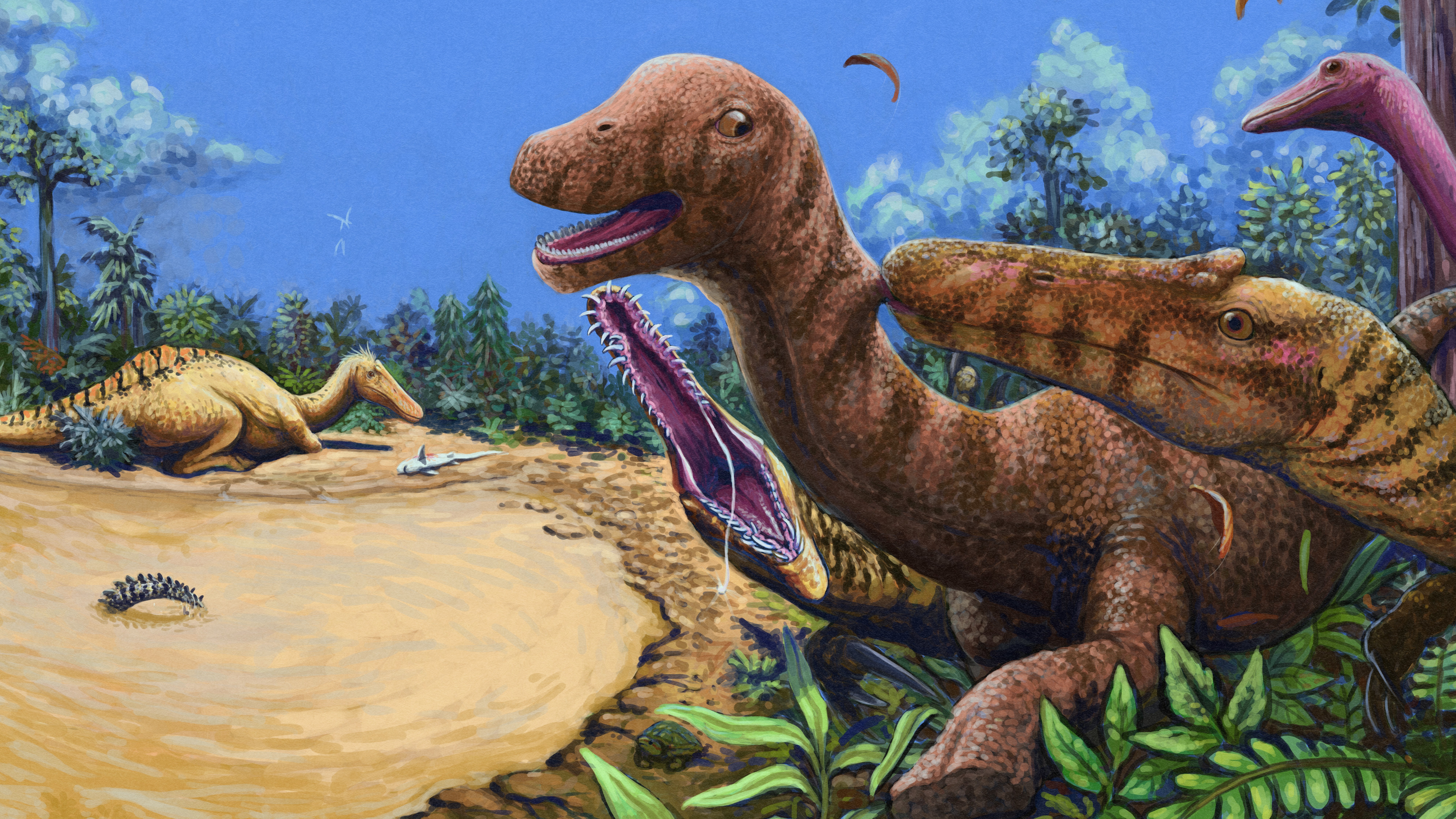Plants: Facts about our oxygen providers
Discover interesting facts about why plants are green, if they feel pain, and if they get cancer.
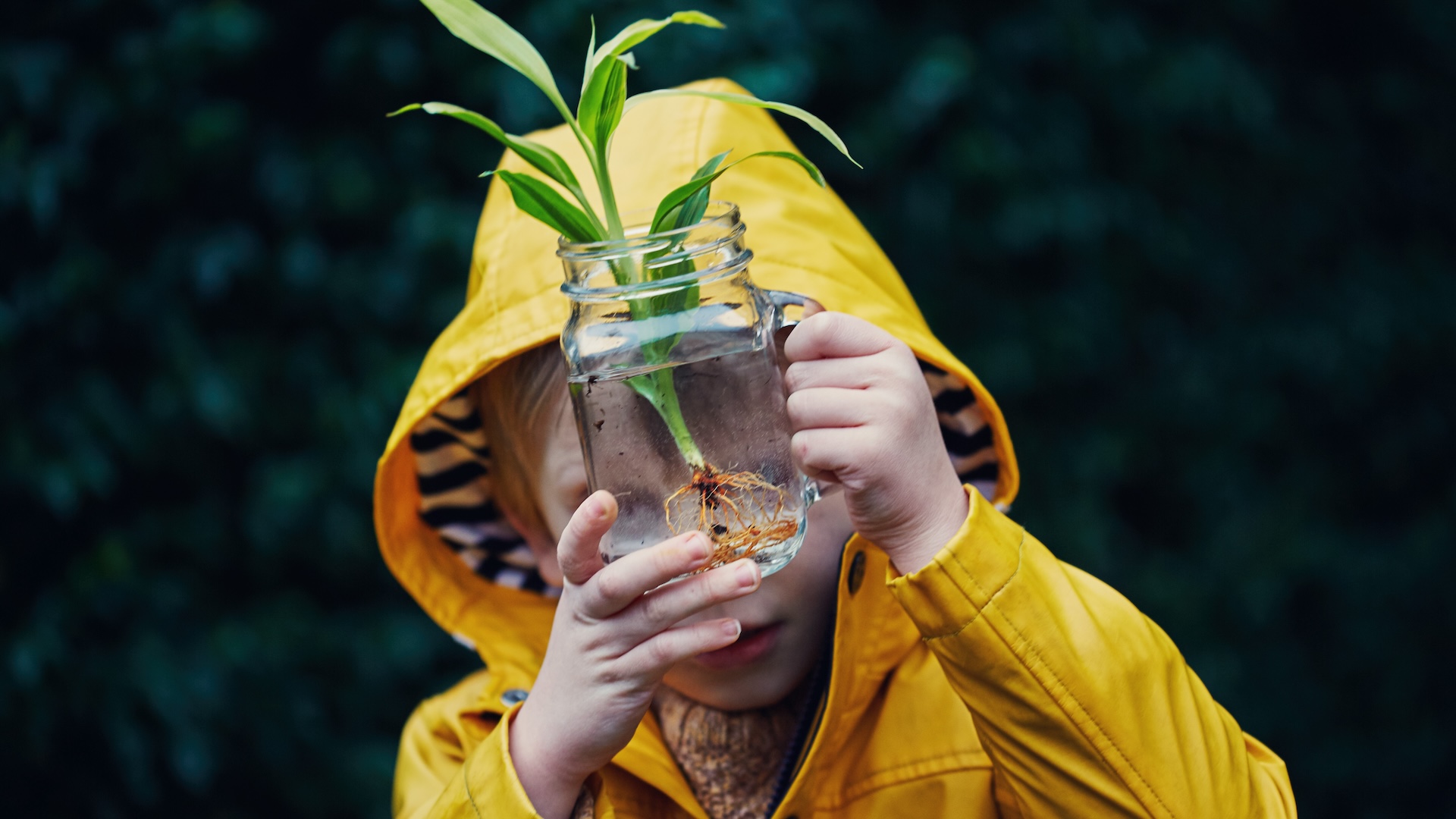
Where they live: Plants are found on every continent, even Antarctica, and every ocean.
What they eat: Plants use sunlight for photosynthesis, which produces sugars that fuel them.
How big they are: The smallest plants, known as desmids and picozoa, are single-celled algae that are less than 0.0004 inches (0.01 millimeters) across. The largest plant is Pando, an enormous tree network in Utah that's 106 acres (43 hectares) — about the size of 80 American football fields.
Plants are an incredibly diverse group of organisms, ranging from tiny algae to majestic redwood trees. Plants have colonized nearly every environment on Earth, evolving ways to thrive in blistering deserts, salty coastlines and dripping rainforests. They support most life on Earth because they sit at the base of almost every food chain and pump out the oxygen we need to breathe.
Most plants have green leaves, and many have beautiful-smelling flowers that come in many sizes and every color of the rainbow.
Plants often rely on wind, water and animals (like bees, butterflies or birds — known as pollinators) to reproduce. To do so, plants transfer pollen from a male flower to a female flower. This process creates a seed, which then grows into a new plant that gets half its genes from the male "parent" and half from the female "parent." Some plants make more of themselves without this transfer process, creating a new plant that's essentially a clone of itself, meaning it carries all the same genes as its parent.
5 fast facts about plants
- Plants can communicate with each other by releasing chemicals when they are under attack.
- Despite not having brains, some plant species can "remember" things from the past and react accordingly.
- Some plants, like Venus flytraps, eat animals like flies or frogs.
- There are around 390,000 plant species in the world.
- Plants first evolved in the water, and then started growing on land about 400 million years ago.
Everything you need to know about plants
Can plants feel pain?
Plants don't feel pain in the way animals or humans do, because they don't have a brain, nervous system or pain receptors.
Humans feel pain when special nerves in our skin react to damage, sending an electrical signal through our nerves to our brains. When a plant is cut, attacked or stressed, it can also send electrical signals through its tissues. Plants do not have nerve cells, so these signals are transmitted through the tubes that they use to transport sugar. After receiving this damage signal, the plant reacts. This does not mean the plant "feels" pain in the way an animal does. It just means that the plant responds to being damaged.
Plants react to these damage signals in different ways. Some produce defensive chemicals that make them poisonous or disgusting to herbivores or insects. Others release chemicals through their roots that warn surrounding plants of a potential incoming attack. When under stress, some plants "scream" by emitting sounds too high for the human ear to hear.
Why are plants green?
Plants are green because of how they make their food, using a chemical reaction called photosynthesis. During photosynthesis, the plant soaks up light from the sun using a green-colored substance called chlorophyll, which is stored in tiny structures in the plant's leaves. These structures, called chloroplasts, are what gives plants their green hue. Chlorophyll is green because it is very good at absorbing blue and red light but reflects green light.
Photosynthesis transforms carbon dioxide from the air and water into sugar and oxygen, and it is the primary reason that Earth has so much oxygen in its atmosphere. Chlorophyll uses the sunlight it absorbs to split water molecules into hydrogen, electrons and oxygen. The oxygen gets released into the air, while the electrons and hydrogen react with carbon dioxide from the atmosphere, and transforms them into glucose, a type of sugar. This glucose is then used for energy, stored as starch in the plant's roots and stems, or used to build its thick cell walls from a fiber-like material called cellulose.
Some plants aren't green because they have lots of other dye-like substances, or pigments, in their leaves. Some of these include anthocyanin, which makes leaves look red and purple, and carotenoid and xanthophyll, which make leaves look yellow and orange. Green leaves turn yellow, orange and red in the fall as their chlorophyll levels drop, exposing the underlying levels of these other pigments.
Some plants aren't green because they don't need chlorophyll at all. Instead, they steal food from other plants or feed on decaying matter.
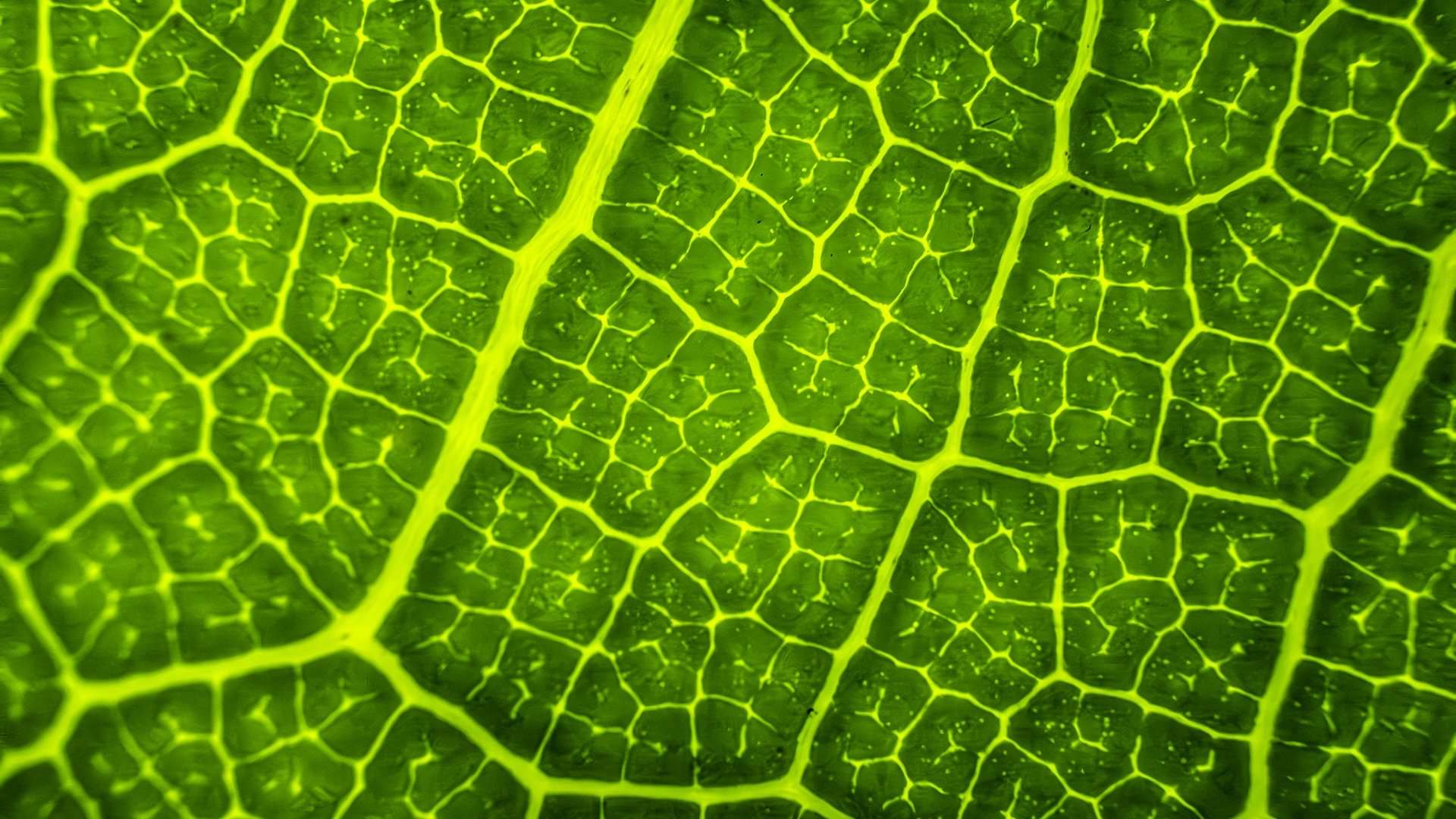
Do plants think and feel?
Even though they can react to the world around them, plants can't think or feel in the way animals or humans can.
Being sentient usually means that an organism is conscious or aware of its surroundings and has the ability to feel things like pain or pleasure. While plants do send electrical signals, most scientists think plants do not feel pain and do not have consciousness. They also do not have brains, a central nervous system, or anything else we think is key to the conscious experience.
Plants do have some fascinating abilities to react to changes in their environments, however. Plants bend toward light so they can maximize photosynthesis. Many flowers, such as sunflowers and daisies, follow the sun across the sky. Plants also sense gravity: Roots always grow downward to find water, and shoots grow upward toward light.
The Venus flytrap, which digests insects for energy, responds to even the lightest touch from potential prey, slamming its "jaws" shut when sensitive hairs inside it are disturbed twice within 30 seconds. Another plant, named Arabidopsis thaliana — a small, flowering plant in the mustard family — can sense the vibrations of chewing caterpillars and launch chemical defenses.
Some plants may even be able to "learn." Mimosa pudica (also known as the "sensitive plant") reacts to being touched by folding its leaves in on itself. Experiments have shown this plant can stop responding after repeated touching if the touch isn't dangerous, and it "remembers" this for weeks.
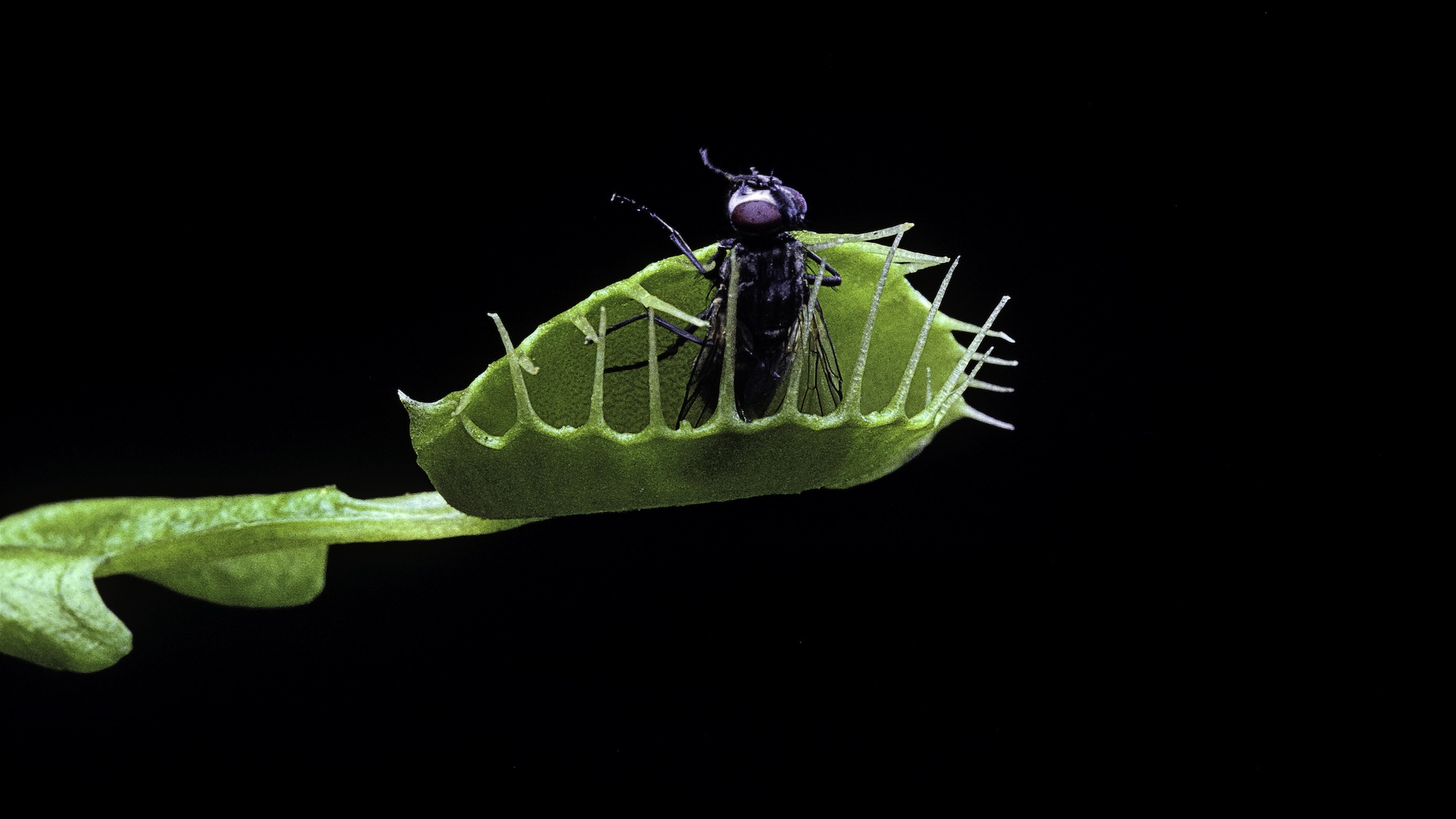
Can plants get cancer?
Plants can get cancer, but these cancers are very different from those seen in animals and humans.
In humans, cancer occurs when a cell's genetic instructions, or DNA, changes. These mistakes happen either when the cell is making copies of itself or when things like ultraviolet light from the sun or certain chemicals damage DNA.
These changes cause cells to grow out of control and to not die when they should. As cancer cells grow, they can form a tumor, which sucks up nutrients and oxygen and starves healthy cells, stops organs from working properly, and can break away and form new tumors in other areas of the body.
Plant cancers, usually called galls, are often caused by bacteria, viruses or insects. One example of this is crown gall disease, which is caused by a type of bacteria called Agrobacterium tumefaciens. These bacteria infect a wound in the plant and insert their own DNA into the plant's cells, causing the plant cells to start dividing wildly and creating a lumpy tumor.
Plant cancers tend not to be as deadly as human and animal cancers, as they don't spread to other parts of the plant like animal cancers do.
This is because plants have stiff cell walls made of cellulose, meaning that cells can't move and spread if they become cancerous. Plants can also seal off bad tissue without dying, and they can replace damaged tissue easily.
Plant pictures

The world's biggest plant
Pando is a giant aspen clone in central Utah that has been regrowing parts of itself for up to 80,000 years. It's the world's largest living organism.

Not all green
Not all plants are green. Some plants, such as these Echeveria, appear in shades of red, orange, purple, and turquoise. These colors come from different chemicals inside the plant.

Flowers
Flowers aren't just pretty — they serve an important purpose. Plants use the pollen in their flowers to reproduce.
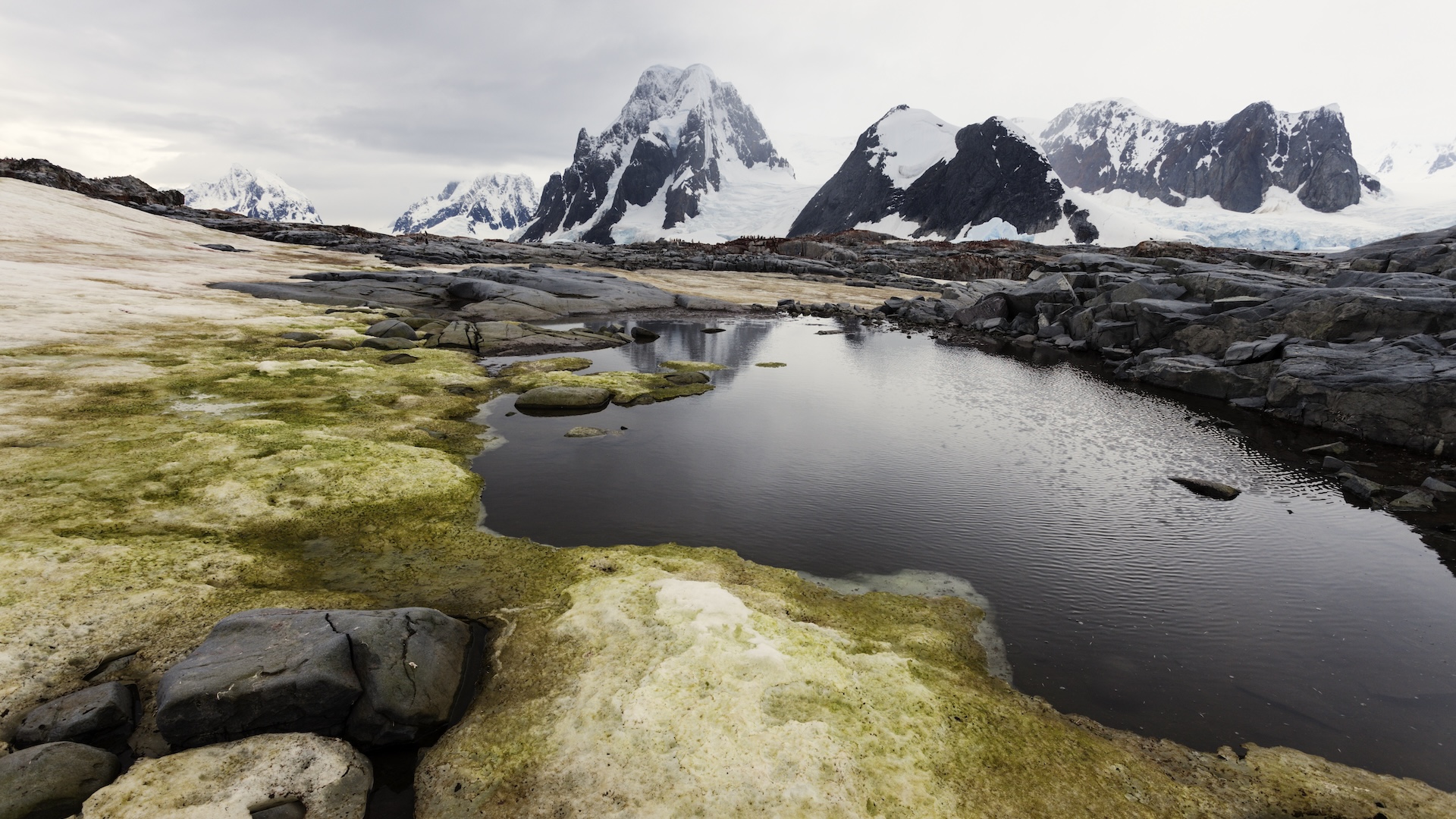
Plants everywhere
Plants grow all over the world, even in extreme conditions like those on Antarctica.
Discover more about plants
Get the world’s most fascinating discoveries delivered straight to your inbox.

Jess Thomson is a freelance journalist. She previously worked as a science reporter for Newsweek, and has also written for publications including VICE, The Guardian, The Cut, and Inverse. Jess holds a Biological Sciences degree from the University of Oxford, where she specialised in animal behavior and ecology.
You must confirm your public display name before commenting
Please logout and then login again, you will then be prompted to enter your display name.


